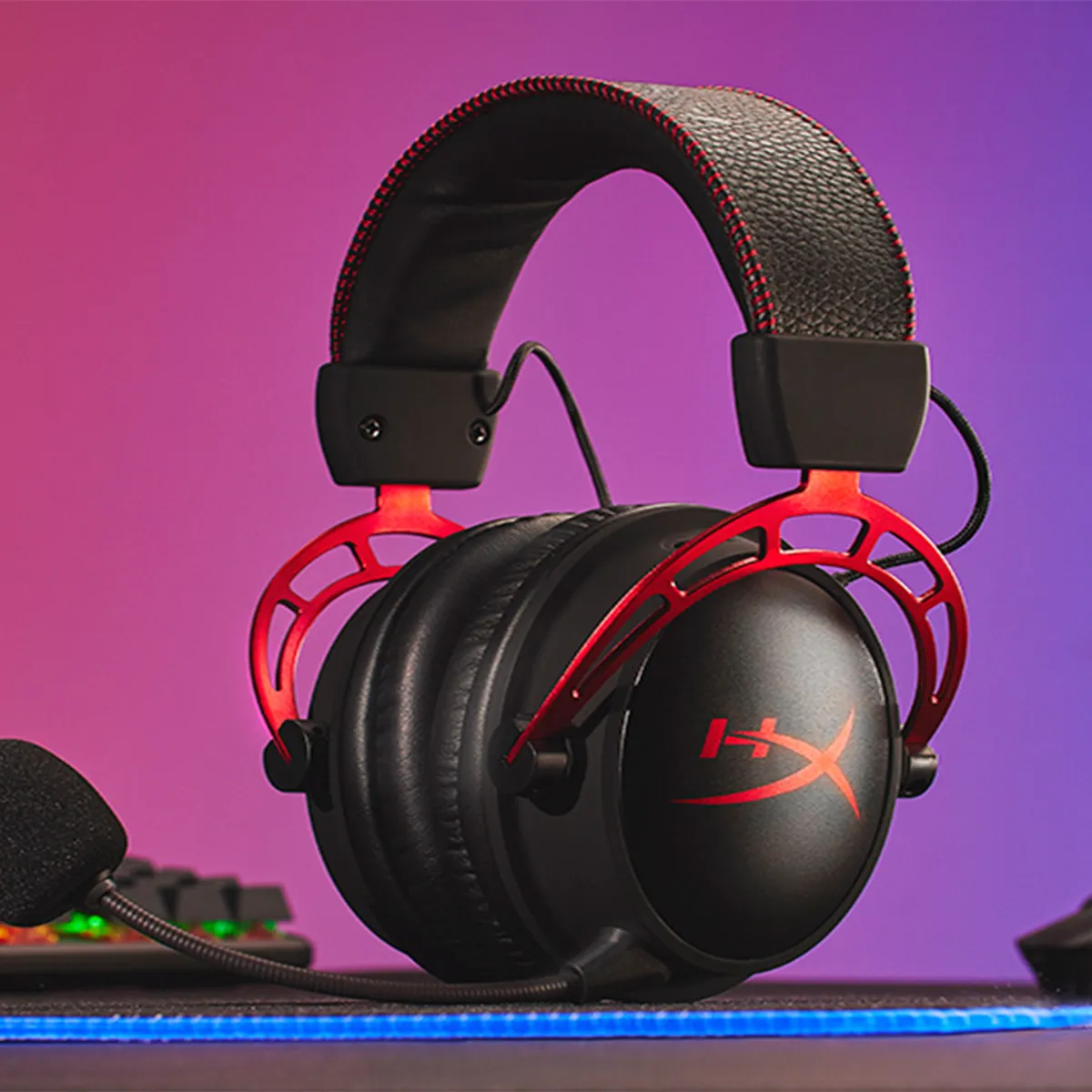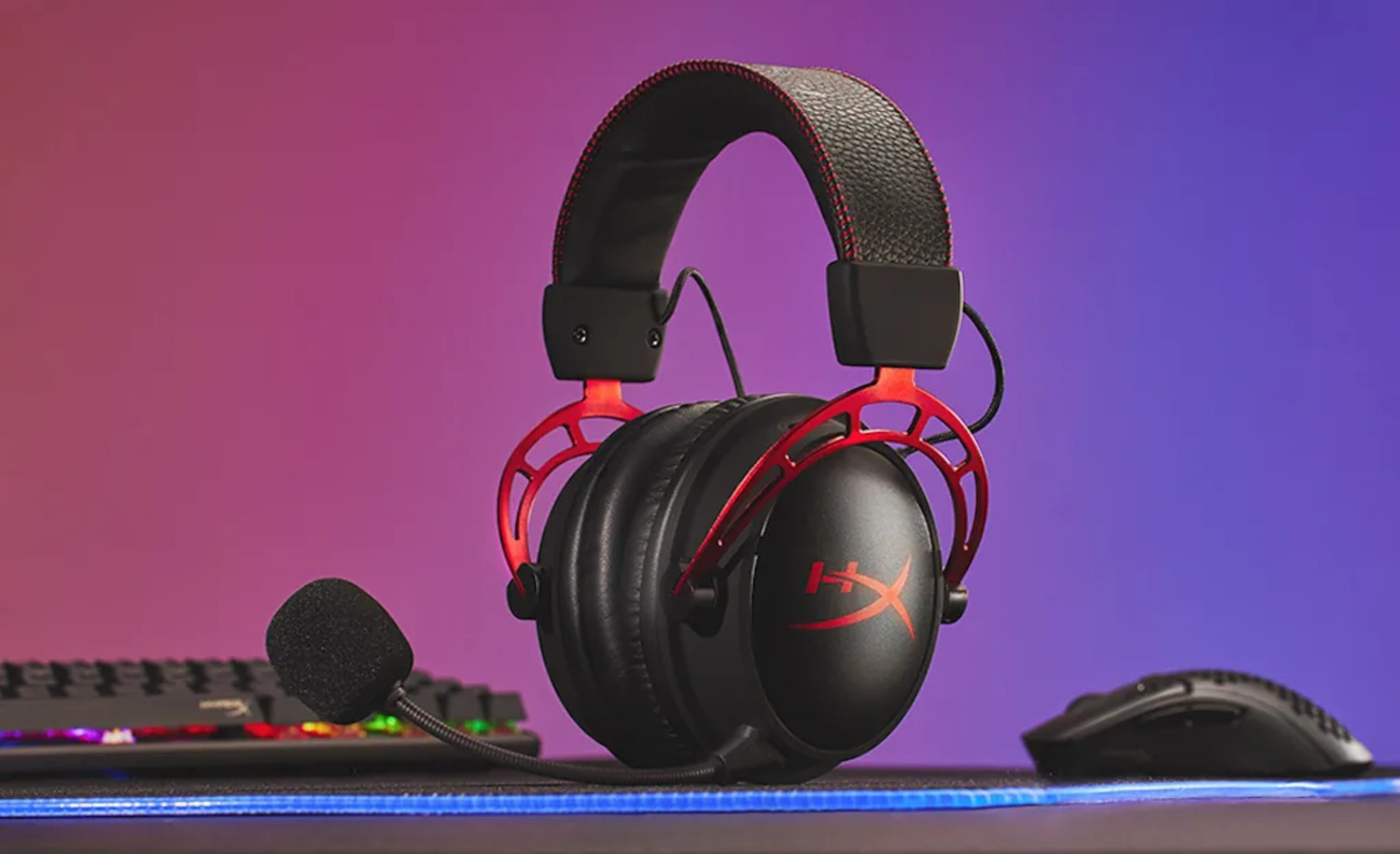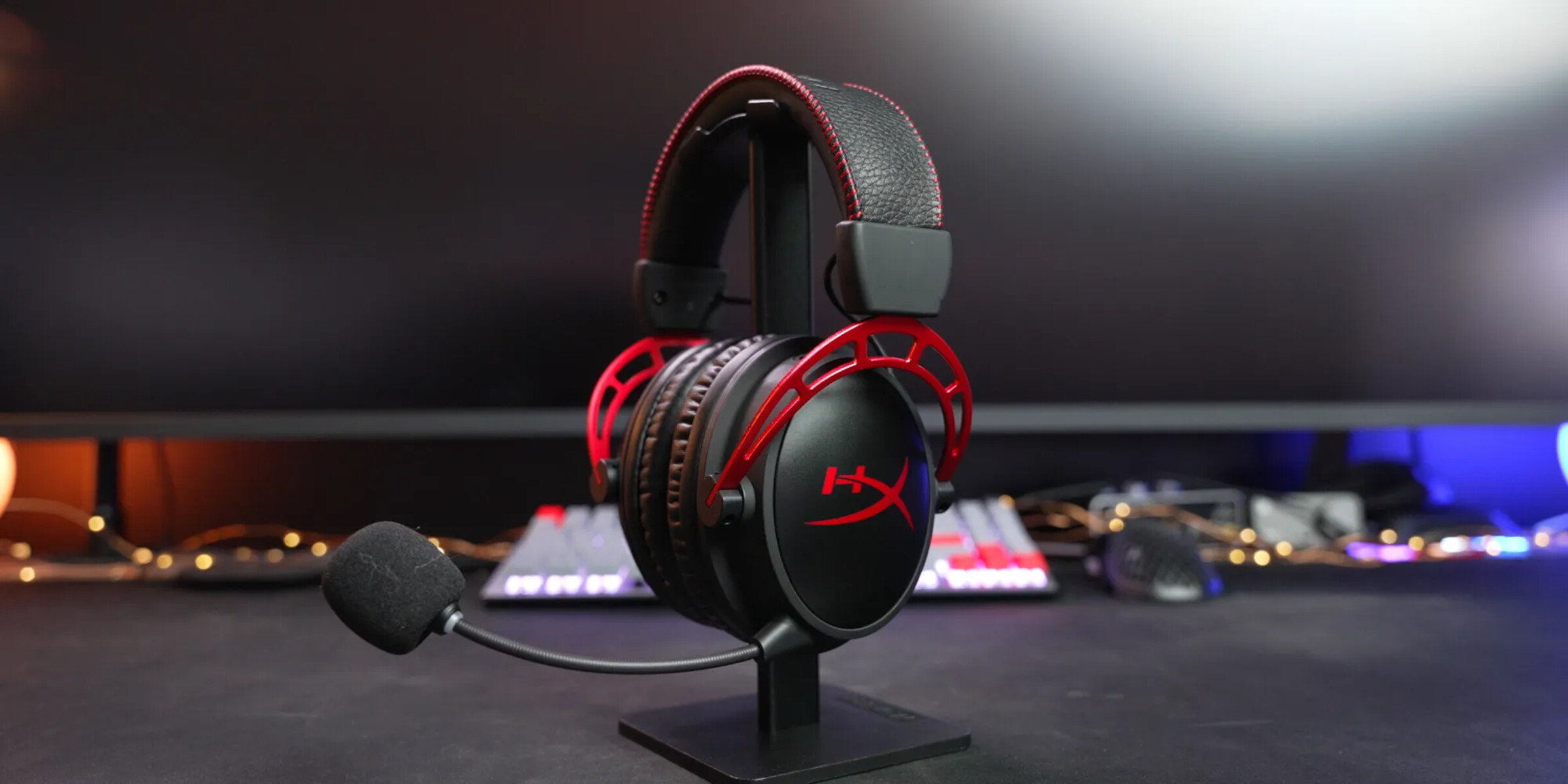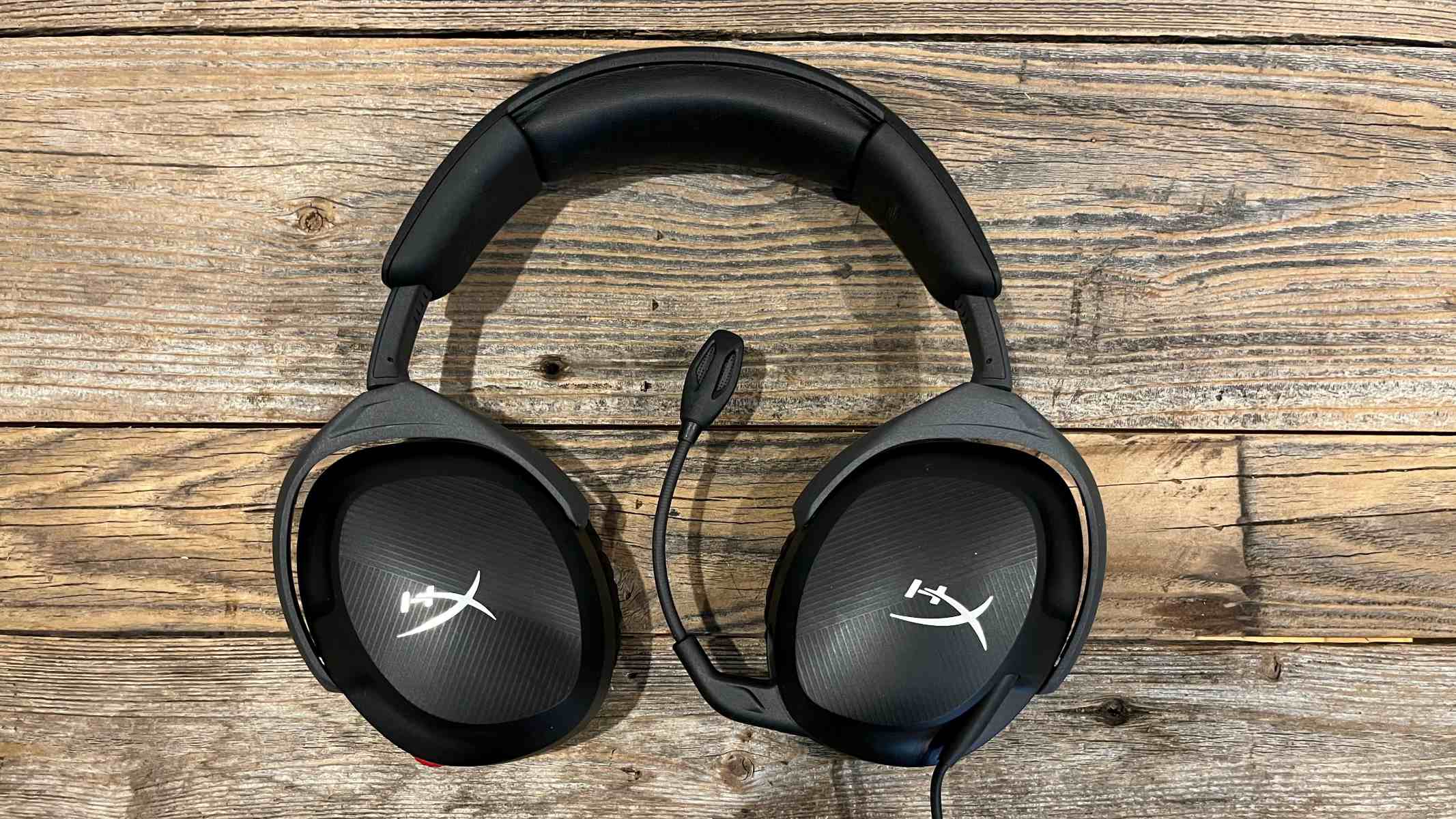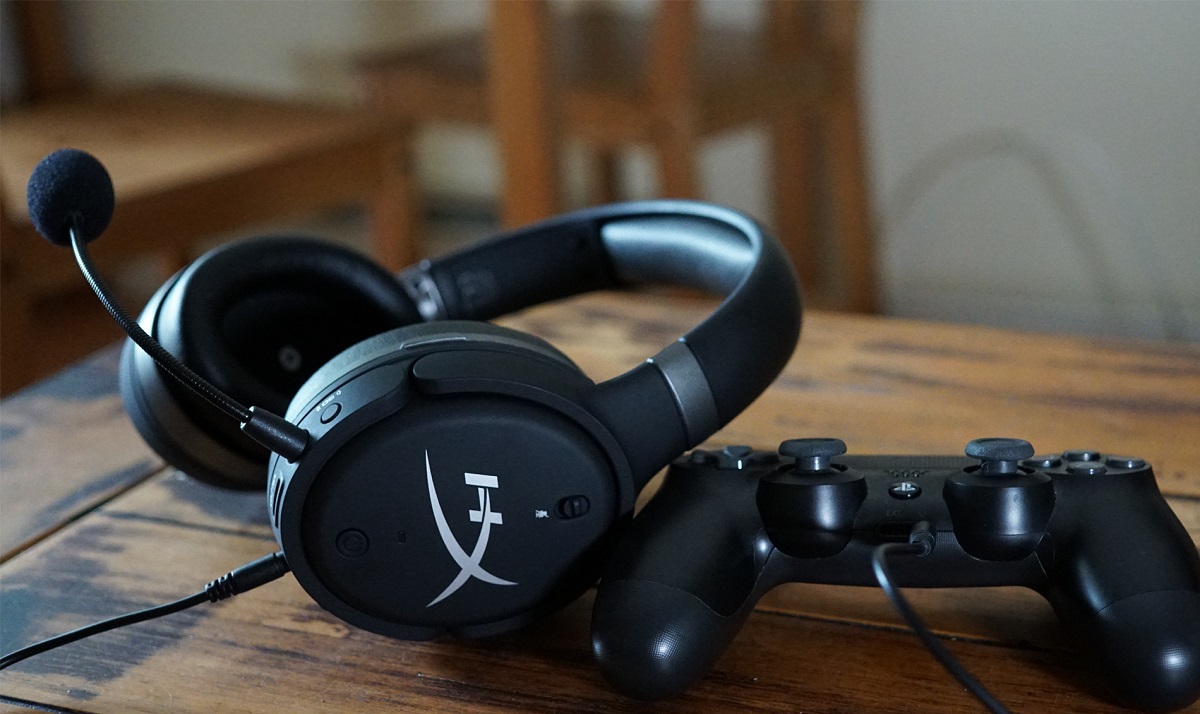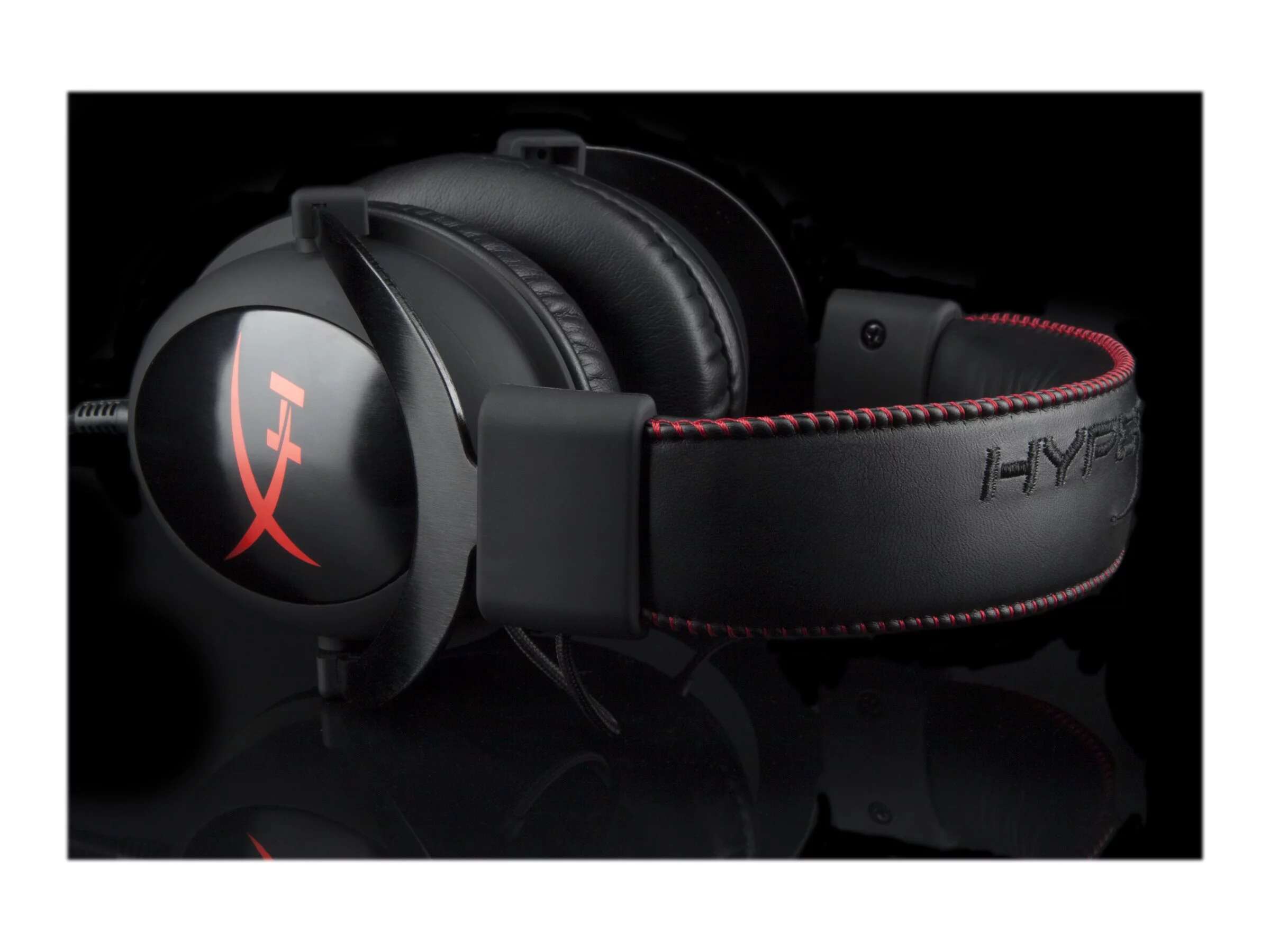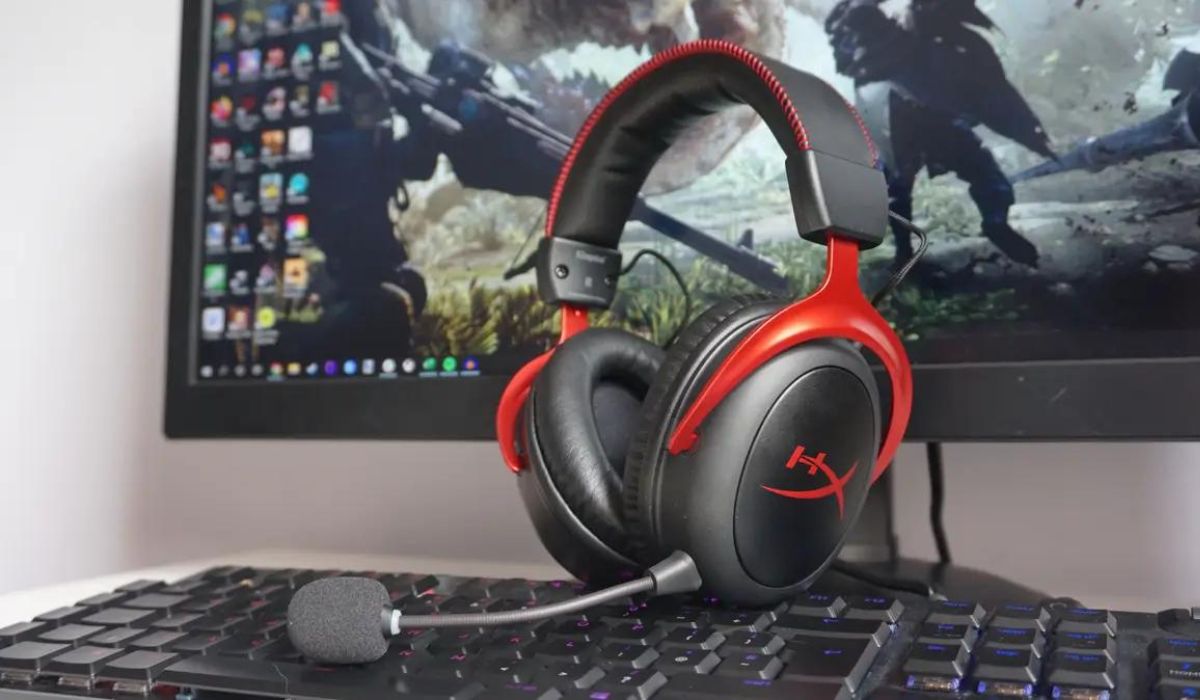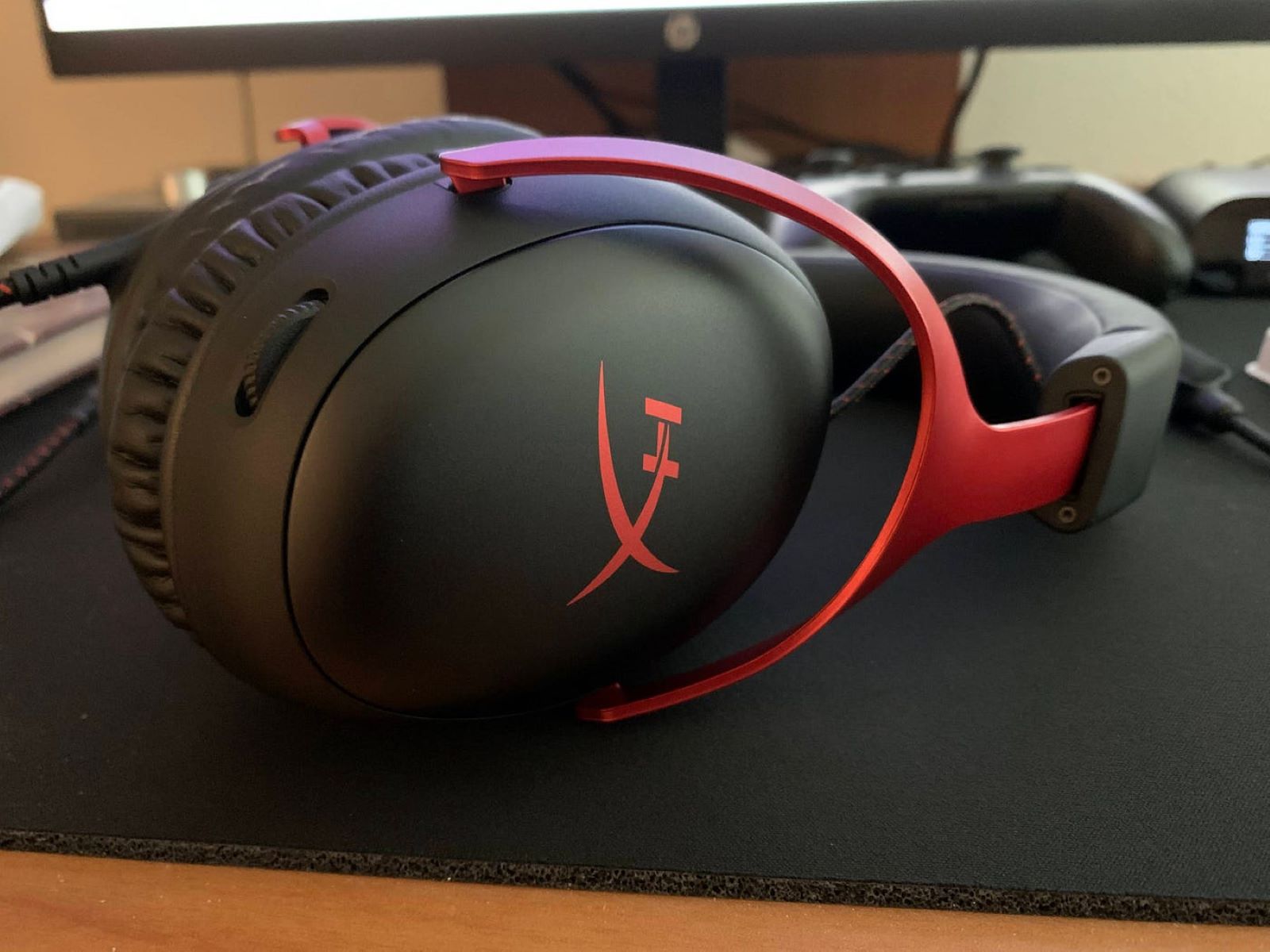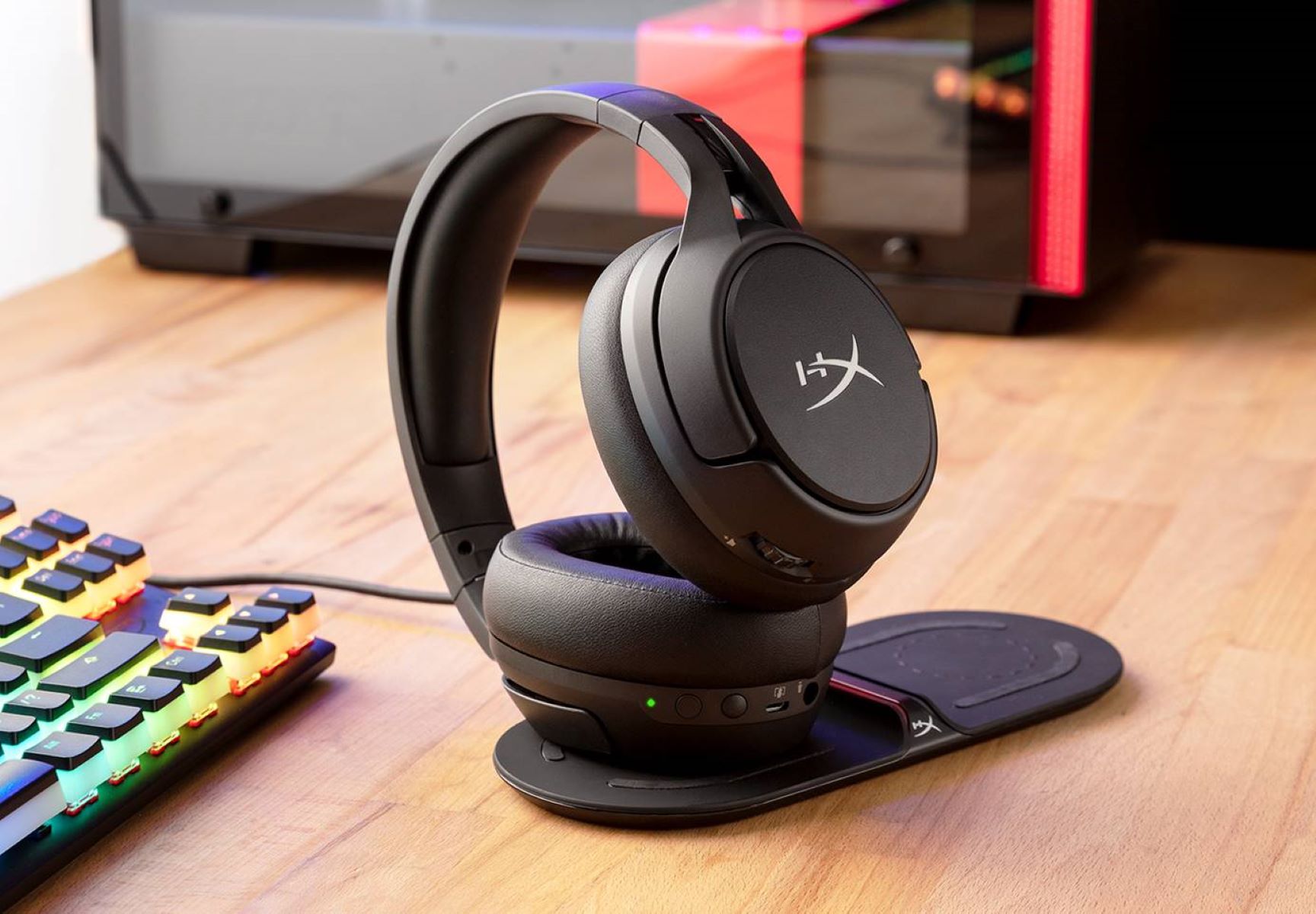Introduction
When it comes to immersive gaming, crystal-clear communication, or enjoying your favorite tunes, a high-quality headset is an indispensable gadget. However, even the most advanced headsets can encounter issues that disrupt the seamless experience they are designed to provide. From connectivity glitches to sound malfunctions, troubleshooting these problems is crucial to restoring the headset's functionality.
In this comprehensive guide, we will delve into the common issues that users may encounter with their HyperX headsets and provide practical solutions to address these challenges. Whether you are a dedicated gamer, a remote worker relying on clear audio for virtual meetings, or an audiophile seeking an uninterrupted music experience, understanding how to troubleshoot headset problems can significantly enhance your overall satisfaction with your device.
By exploring the troubleshooting steps for prevalent issues such as unrecognized devices, audio irregularities, microphone malfunctions, connectivity hiccups, and comfort concerns, you can equip yourself with the knowledge and skills needed to overcome these obstacles. With a proactive approach to problem-solving, you can ensure that your HyperX headset continues to deliver the exceptional performance and comfort that you expect.
Let's embark on this journey to unravel the mysteries behind common HyperX headset woes and empower ourselves with the expertise to resolve these challenges effectively. Whether you are a novice user or a seasoned tech enthusiast, this guide will serve as a valuable resource for troubleshooting and optimizing the performance of your HyperX headset. So, let's roll up our sleeves and dive into the solutions for these common issues, ensuring that you can fully enjoy the immersive audio experience that your HyperX headset is designed to provide.
Headset not being recognized by the device
One of the most frustrating issues that HyperX headset users may encounter is the device's failure to be recognized by their computer or gaming console. When you plug in your headset and it remains undetected, it can hinder your ability to enjoy an immersive audio experience or communicate effectively during gaming sessions or virtual meetings. However, several troubleshooting steps can be taken to address this problem and ensure that your headset is recognized by the device.
First and foremost, it is essential to verify that the headset is properly connected to the device. Ensure that the audio jack or USB connector is securely plugged into the corresponding port on your computer or gaming console. If using a wireless headset, confirm that the wireless receiver is plugged into a functional USB port and that the headset is fully charged or has fresh batteries, depending on the model.
If the headset is still not recognized, it may be necessary to update the device's drivers. Outdated or incompatible drivers can prevent the system from identifying the headset. To address this, navigate to the device manager on your computer, locate the audio or sound devices section, and check for any driver-related issues. If there are driver updates available, download and install them to ensure that the device can properly recognize your HyperX headset.
In some cases, the problem may stem from the device's audio settings. Access the sound settings on your computer or gaming console and verify that the correct audio output device is selected. Additionally, check for any muted or disabled audio outputs that may be preventing the headset from being recognized.
If these steps do not resolve the issue, consider testing the headset on a different device to determine if the problem is specific to a particular device or the headset itself. This can help isolate the root cause of the recognition issue and guide you toward an effective solution.
By following these troubleshooting steps, you can increase the likelihood of resolving the issue of your HyperX headset not being recognized by the device. Restoring the seamless connectivity between your headset and the device will enable you to fully immerse yourself in your audio experience, whether it be gaming, communication, or entertainment, without the frustration of unrecognized hardware.
No sound or audio issues
Encountering a situation where your HyperX headset fails to produce sound or experiences audio irregularities can significantly impede your overall audio experience. Whether you are immersed in a gaming session, enjoying your favorite music, or engaging in virtual meetings, addressing these no sound or audio issues is essential to restore the headset's functionality.
The first step in troubleshooting this problem is to check the physical connections of the headset. Ensure that the headset's audio jack or USB connector is securely plugged into the corresponding port on your device. If using a wireless headset, verify that the wireless receiver is properly connected to a functional USB port. Additionally, inspect the headset's volume controls and verify that they are adjusted to an audible level.
If the physical connections are intact and the volume is appropriately adjusted, the next step is to examine the audio settings on your device. Access the sound settings and verify that the headset is selected as the default audio output device. Additionally, ensure that the audio levels are not muted or set to extremely low levels, which could result in the absence of sound.
In cases where the audio issues persist, it may be necessary to inspect the headset's drivers. Outdated or corrupt drivers can lead to sound irregularities or complete audio failure. Navigate to the device manager on your computer, locate the audio or sound devices section, and check for any driver-related issues. If updates are available, proceed to download and install the latest drivers for the headset.
Furthermore, consider testing the headset on a different device to determine if the problem is specific to a particular device or the headset itself. This troubleshooting step can help isolate the root cause of the audio issues and guide you toward an effective resolution.
If the problem persists despite these efforts, reaching out to HyperX's customer support or referring to the headset's user manual for specific troubleshooting guidance may provide additional insights and solutions to address the audio irregularities.
By following these troubleshooting steps, you can increase the likelihood of resolving the no sound or audio issues with your HyperX headset. Restoring the seamless audio functionality will allow you to fully immerse yourself in your audio experiences, whether it be gaming, music, or virtual communication, without the hindrance of sound irregularities.
Microphone not working
Experiencing issues with the microphone on your HyperX headset can be particularly frustrating, especially when clear communication is essential during gaming sessions or virtual meetings. Addressing the problem of a non-functional microphone is crucial to ensure that you can effectively communicate and engage in seamless interactions. By following specific troubleshooting steps, you can increase the likelihood of resolving the microphone issues and restoring the headset's functionality.
The first step in troubleshooting a non-working microphone is to verify the physical connection of the headset. Ensure that the microphone's audio jack or USB connector is securely plugged into the corresponding port on your device. If using a wireless headset with a detachable microphone, ensure that the microphone is securely connected to the headset and that the wireless receiver is properly plugged into a functional USB port. Additionally, inspect the microphone's mute switch and ensure that it is not inadvertently muted.
If the physical connections are intact and the microphone is not muted, the next step is to examine the microphone settings on your device. Access the sound or recording settings and verify that the headset's microphone is selected as the default recording device. Check the microphone levels to ensure that they are not muted or set too low, which could result in the microphone appearing non-functional.
In cases where the microphone issues persist, it may be necessary to inspect the headset's drivers. Outdated or corrupt drivers can lead to microphone irregularities or complete microphone failure. Navigate to the device manager on your computer, locate the audio or sound devices section, and check for any driver-related issues. If updates are available, proceed to download and install the latest drivers for the headset.
Furthermore, testing the headset and its microphone on a different device can help determine if the problem is specific to a particular device or the headset itself. This troubleshooting step can help isolate the root cause of the microphone issues and guide you toward an effective resolution.
If the problem persists despite these efforts, reaching out to HyperX's customer support or referring to the headset's user manual for specific troubleshooting guidance may provide additional insights and solutions to address the microphone irregularities.
By following these troubleshooting steps, you can increase the likelihood of resolving the microphone not working issue with your HyperX headset. Restoring the seamless functionality of the microphone will enable you to effectively communicate and engage in your gaming, communication, or virtual meeting experiences without the hindrance of microphone irregularities.
Connectivity issues
Connectivity issues with your HyperX headset can disrupt the seamless audio experience that you expect, whether it's for gaming, virtual meetings, or simply enjoying your favorite music. Addressing these connectivity problems is crucial to ensure that your headset operates flawlessly across different devices and usage scenarios. By following specific troubleshooting steps, you can increase the likelihood of resolving the connectivity issues and restoring the headset's functionality.
The first step in troubleshooting connectivity issues is to check the physical connections of the headset. Ensure that the audio jack or USB connector is securely plugged into the corresponding port on your device. If you are using a wireless headset, verify that the wireless receiver is properly connected to a functional USB port. Additionally, confirm that the headset is adequately charged or has fresh batteries, depending on the model.
If the physical connections are intact and the headset is powered, the next step is to examine the wireless signal or Bluetooth connectivity. Interference from other electronic devices, such as routers, cordless phones, or other wireless peripherals, can disrupt the headset's connection. Try repositioning the wireless receiver or the device to which the headset is connected to minimize potential interference.
In the case of Bluetooth connectivity, ensure that the headset is paired correctly with the device and that it is within the effective range for Bluetooth communication. Resetting the Bluetooth connection and re-pairing the headset with the device can sometimes resolve connectivity issues related to Bluetooth.
If the connectivity issues persist, it may be necessary to update the headset's firmware or drivers. Outdated firmware or incompatible drivers can lead to connectivity hiccups. Check the manufacturer's website for any available firmware updates or driver downloads specific to your headset model. Installing the latest firmware or drivers can often address connectivity issues and enhance the headset's overall performance.
Furthermore, testing the headset on a different device can help isolate the root cause of the connectivity issues. If the headset operates seamlessly on another device, it may indicate that the problem is specific to a particular device or its settings, guiding you toward an effective resolution.
By following these troubleshooting steps, you can increase the likelihood of resolving the connectivity issues with your HyperX headset. Restoring the seamless connectivity will allow you to fully immerse yourself in your audio experiences, whether it be gaming, communication, or entertainment, without the hindrance of connectivity disruptions.
Comfort and fit problems
Ensuring optimal comfort and a secure fit is essential for prolonged usage of your HyperX headset, especially during extended gaming sessions, virtual meetings, or immersive audio experiences. Addressing comfort and fit problems is crucial to minimize discomfort and distractions, allowing you to fully engage in your activities without the hindrance of physical discomfort.
The first step in addressing comfort and fit problems is to adjust the headset's headband and ear cups to achieve a personalized fit. The headband should rest comfortably on the top of your head, distributing the weight of the headset evenly without exerting excessive pressure. Similarly, the ear cups should encompass your ears without causing discomfort or pressure points. Experiment with different adjustments to find the most comfortable and secure fit for your specific head size and shape.
If the headset's ear cushions are removable or replaceable, consider exploring alternative cushion options that may better suit your comfort preferences. Memory foam or gel-infused cushions can provide enhanced comfort and alleviate pressure, especially during prolonged usage. Additionally, ensuring that the ear cushions are clean and free from debris can contribute to a more comfortable and hygienic experience.
In cases where the headset's clamping force feels excessive or uncomfortable, gently stretching the headband or utilizing specialized headband cushions can help alleviate pressure and enhance comfort. It's important to strike a balance where the headset remains securely positioned without causing discomfort or fatigue during extended usage.
Furthermore, if the headset features adjustable microphone positioning, ensure that the microphone boom is positioned optimally to minimize interference with your movements and maintain clear communication without strain. A well-positioned microphone can contribute to a more comfortable and seamless experience, especially during gaming or virtual meetings.
Considering the ergonomic design and weight distribution of the headset is also essential for addressing comfort and fit problems. Headsets with balanced weight distribution and breathable materials can significantly enhance comfort during prolonged usage, minimizing heat buildup and discomfort.
By addressing these comfort and fit considerations, you can optimize the ergonomic experience of your HyperX headset, ensuring that you can fully immerse yourself in your activities without the distraction of physical discomfort or fit-related issues. Achieving a personalized and comfortable fit tailored to your preferences can significantly enhance your overall satisfaction with the headset's usage.
Conclusion
In conclusion, troubleshooting common issues with your HyperX headset is essential to ensure a seamless and immersive audio experience across gaming, communication, and entertainment scenarios. By addressing prevalent challenges such as unrecognized devices, audio irregularities, microphone malfunctions, connectivity hiccups, and comfort concerns, users can optimize the performance and comfort of their HyperX headsets.
Through proactive troubleshooting steps, users can overcome the frustration of encountering unrecognized devices by verifying physical connections, updating drivers, and adjusting audio settings. Similarly, addressing no sound or audio issues involves inspecting physical connections, verifying audio settings, and updating drivers to restore the headset's functionality.
When facing microphone malfunctions, users can troubleshoot by checking physical connections, examining microphone settings, and updating drivers to ensure effective communication during gaming and virtual meetings. Connectivity issues, including wireless and Bluetooth connectivity disruptions, can be resolved through physical connection checks, interference mitigation, and firmware or driver updates.
Moreover, prioritizing comfort and fit considerations by adjusting headbands, ear cushions, and microphone positioning can significantly enhance the ergonomic experience of using HyperX headsets, minimizing discomfort during prolonged usage.
By following these troubleshooting steps and addressing comfort and fit concerns, users can optimize the functionality and comfort of their HyperX headsets, allowing for uninterrupted and immersive audio experiences. Additionally, seeking support from HyperX's customer service and referring to the headset's user manual can provide further insights and solutions to address specific issues.
Ultimately, by equipping themselves with the knowledge and skills to troubleshoot and optimize their HyperX headsets, users can maximize their enjoyment of gaming, communication, and entertainment, free from the hindrance of common headset issues. Embracing a proactive approach to addressing these challenges ensures that the exceptional performance and comfort that HyperX headsets are designed to provide remain consistently accessible to users across diverse usage scenarios.







